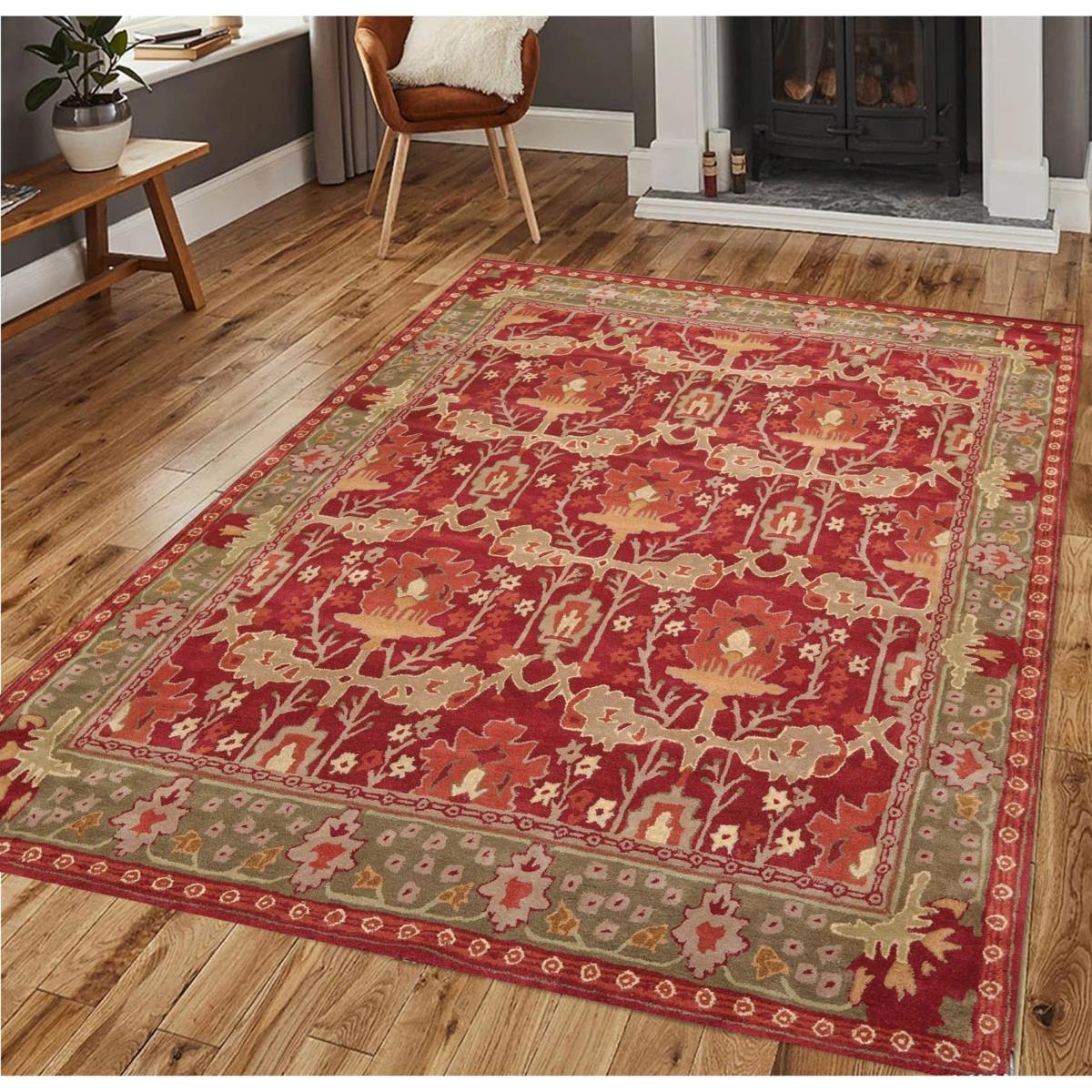

Articles
What Are Rugs
Modified: October 20, 2024
Discover the latest articles about rugs and explore the different types, styles, and uses of these versatile home decor pieces. Enhance your knowledge of rugs and find inspiration for your next interior design project.
(Many of the links in this article redirect to a specific reviewed product. Your purchase of these products through affiliate links helps to generate commission for Storables.com, at no extra cost. Learn more)
Introduction
Welcome to the fascinating world of rugs! Rugs have been an integral part of human history for centuries, serving both practical and decorative purposes. From ancient civilizations to modern homes, rugs have evolved and diversified, making them a versatile and timeless addition to any space. In this article, we will explore the rich history of rugs, examine the different types available, delve into the materials used for their construction, learn about the various weaving techniques employed, discover the different sizes and shapes available, discuss rug maintenance and cleaning, and finally, explore how to effectively place and decorate with rugs.
Rugs not only add warmth and comfort to a room but also help define its style and ambiance. Whether you are going for a traditional, contemporary, or eclectic look, there is a rug out there that can transform any space into a cozy and inviting retreat.
From the intricate patterns of Persian rugs to the vibrant colors of Moroccan rugs, each type of rug tells a unique story and adds character to any room. Rugs can be used to anchor furniture, create designated areas within a larger space, or simply add a touch of luxury to a bare floor. With the wide range of options available, it’s easy to find a rug that suits your personal style and enhances the overall aesthetic of your home.
As you embark on your journey to understand the world of rugs, let’s start by delving into their fascinating history, exploring the craftsmanship and artistry behind their creation, and uncovering the secrets to maintaining and caring for these beautiful pieces.
Key Takeaways:
- Rugs have a rich history, diverse types, and intricate materials, making them a versatile and timeless addition to any space. Understanding their craftsmanship, maintenance, and placement can transform your home into a cozy and inviting retreat.
- From the luxurious appeal of silk to the durability of wool, the world of rugs offers a wide range of materials, weaving techniques, and sizes to suit your style and functional needs. Embrace the beauty and artistry of rugs to enhance your living space.
Read more: What Is Viscose In Rugs
History of Rugs
The history of rugs dates back thousands of years, with evidence of their existence found in ancient civilizations such as Egypt, China, and Persia. The earliest known rugs were simple mats made from woven reeds or animal hides, offering basic functionality and protection from the cold ground.
As civilizations developed and trade routes expanded, rugs began to evolve into more intricate and decorative pieces. One of the most famous examples of early rug weaving is the Pazyryk carpet, discovered in a burial mound in Siberia. Dating back to the 5th century BCE, this carpet showcases the skill of early rug weavers with its intricate design and use of vibrant colors.
During the Islamic Golden Age, starting in the 7th century, rug making reached new heights. Persian carpets, renowned for their unparalleled beauty and craftsmanship, became highly sought after across the world. These rugs were hand-knotted with fine wool or silk, often featuring elaborate floral or geometric patterns. They were considered a symbol of wealth and prestige, adorning the palaces of kings and nobles.
In Europe, rug weaving began to flourish in the Middle Ages, particularly in countries like England, France, and Belgium. Tapestry weaving became popular, with intricate scenes and motifs woven into large wall hangings. These tapestries not only served as stunning decorations but also offered insulation during the cold winters.
The 16th century marked a significant turning point in rug history with the arrival of the Oriental rug in Europe. These rugs were often brought back by traders and explorers from the Middle East and Asia. They captivated European aristocracy with their luxurious materials, exquisite designs, and vivid colors.
In the 19th century, the Industrial Revolution revolutionized rug making. Machines were introduced, allowing for faster production and making rugs more accessible to the masses. Synthetic dyes were also developed, expanding the color palette and creating new design possibilities.
Today, the rug industry continues to thrive, blending traditional techniques with modern innovations. Artisans around the world continue to create beautiful rugs using age-old methods, while contemporary designers push the boundaries of rug design, creating unique and avant-garde pieces. Whether it’s a hand-knotted Persian rug or a modern, machine-made rug, each one carries with it a rich history and legacy of craftsmanship.
Different Types of Rugs
Rugs come in a wide variety of types, each with its own distinct characteristics and style. Understanding the different types of rugs available can help you choose the perfect one for your space. Here are some of the most common types of rugs:
- Persian Rugs: Persian rugs are known for their intricate designs and exceptional craftsmanship. They are hand-knotted using high-quality materials like wool or silk. Persian rugs often feature floral or geometric patterns and are available in various sizes and colors.
- Oriental Rugs: Oriental rugs are traditionally made in countries like China, India, Turkey, and Afghanistan. They showcase rich colors, intricate motifs, and are often hand-knotted. These rugs add a touch of elegance and sophistication to any space.
- Traditional Rugs: Traditional rugs encompass a wide range of styles, including Oriental, Persian, and European designs. They often feature elaborate patterns and motifs passed down through generations. These rugs are perfect for adding a timeless and classic touch to your home.
- Contemporary Rugs: Contemporary rugs embrace modern design aesthetics and often feature bold colors, abstract patterns, or minimalist designs. They are versatile and can complement various interior styles, from contemporary to industrial.
- Shag Rugs: Shag rugs are known for their long, fluffy pile that creates a luxurious and cozy feel. They are available in various textures and materials, such as wool or synthetic fibers. Shag rugs add comfort and warmth to any room.
- Kilim Rugs: Kilim rugs are flat-woven rugs that originate from Turkey, Iran, and other Middle Eastern countries. They are known for their vibrant colors, geometric patterns, and durability. Kilim rugs can be used as stylish floor coverings or as eye-catching wall hangings.
- Moroccan Rugs: Moroccan rugs are characterized by their bold and geometric designs. Hand-woven by Berber tribes in Morocco, they often feature symbols and motifs that reflect the weaver’s cultural heritage. Moroccan rugs bring a unique and exotic flair to any interior.
- Braided Rugs: Braided rugs are made by intertwining strips of fabric or yarn in a spiral pattern. They are durable and often come in a variety of colors. Braided rugs are perfect for adding a cozy and rustic touch to your home.
Whether you prefer the timeless elegance of a Persian rug or the modern flair of a contemporary design, there is a rug type out there to suit your style and preferences. Consider the overall aesthetic of your space and the functionality you require to choose the perfect rug for your home.
Materials Used in Rug Making
Rugs are crafted using a variety of materials, each bringing its own unique characteristics and qualities to the finished product. The choice of material greatly affects the look, feel, durability, and maintenance of a rug. Here are some of the most common materials used in rug making:
- Wool: Wool is one of the most popular materials for rugs due to its durability, softness, and natural resistance to stains. It is a versatile material that can be dyed in a wide range of colors and easily shaped into different designs. Wool rugs are known for their warmth and longevity.
- Silk: Silk is a luxurious material used in high-end, intricately woven rugs. Silk rugs have a lustrous and elegant appearance, with a smooth texture. They are often prized for their fine details and subtle sheen. Silk rugs require special care and are best suited for low-traffic areas.
- Cotton: Cotton is a versatile and affordable material often used as the foundation or backing for rugs. It provides a sturdy base for the rug and helps prevent slipping. Cotton rugs are lightweight, easy to clean, and are commonly used in casual or contemporary rug designs.
- Jute: Jute is a natural fiber that is primarily used for creating durable and eco-friendly rugs. It has a coarse texture and a natural golden hue. Jute rugs are popular for their rustic and organic appeal, making them a perfect choice for bohemian or coastal-inspired decor.
- Sisal: Sisal is another natural fiber that is often used in rugs due to its strength and durability. Sisal rugs have a textured surface and a warm, earthy appearance. They are commonly used in high-traffic areas such as entryways and hallways.
- Synthetic Fibers: Synthetic fibers such as polypropylene, nylon, and polyester are commonly used in machine-made rugs. These fibers are resistant to stains, fading, and moisture, making them ideal for outdoor or high-traffic areas. Synthetic rugs are often more affordable compared to natural fiber rugs.
- Blend of Materials: Rugs can also be made from a blend of materials, combining the desirable properties of different fibers. For example, a rug may feature a blend of wool and silk, combining the durability and warmth of wool with the luxurious sheen of silk.
When selecting a rug, consider the specific characteristics of each material and how it aligns with your needs and preferences. Wool is a popular choice for its durability and softness, while silk is chosen for its luxurious appearance. Natural fibers like jute and sisal add a touch of organic texture, while synthetic fibers offer practicality and affordability. By understanding the materials used in rug making, you can make a well-informed decision and choose a rug that not only complements your style but also meets your functional requirements.
Rug Weaving Techniques
Rug weaving is a centuries-old craft that involves the interlacing of fibers to create intricate patterns and designs. Different regions and cultures have developed their own unique weaving techniques, resulting in a wide variety of styles and textures. Here are some of the most common rug weaving techniques:
- Hand-Knotted: Hand-knotted rugs are crafted by skilled artisans who individually tie knots to create the rug’s design. Each knot is tied around the warp threads, which run vertically on the loom. The more knots per square inch, the denser and finer the rug. Hand-knotted rugs are known for their exquisite detail and superior craftsmanship, but they require a significant amount of time and skill to produce.
- Hand-Tufted: Hand-tufted rugs are created by punching strands of yarn into a fabric backing stretched on a frame. This process creates a looped or cut pile, depending on the desired texture. While hand-tufted rugs are less time-consuming to make compared to hand-knotted rugs, they still exhibit excellent craftsmanship and are available in a wide range of designs and styles.
- Flatweave: Flatweave rugs, also known as kilims or dhurries, are made by tightly weaving colored weft threads between the warp threads. This technique creates a flat, reversible rug with no pile. Flatweave rugs are often lightweight and ideal for high-traffic areas. They are popular for their versatility, as they can be used on the floor or hung on the wall as decorative pieces.
- Hooked: Hooked rugs are created by pulling loops of yarn or fabric through a woven backing using a hook. This technique allows for the creation of bold and colorful designs. Hooked rugs are often associated with folk art and can bring a cozy and nostalgic touch to any space. They are typically less formal and more casual in style.
- Braided: Braided rugs are made by intertwining strips of fabric or yarn in a circular or oval shape. The braids are then stitched together to create a rug. Braided rugs are known for their durability and country charm. They are often used in rustic or farmhouse-style interiors.
Each rug weaving technique has its own distinct characteristics and visual appeal. Whether you prefer the intricate craftsmanship of hand-knotted rugs, the versatility of flatweave rugs, or the cozy charm of hooked or braided rugs, there is a weaving technique that suits your style and adds a touch of artistry to your home.
When choosing a rug, consider the size, material, and style that will best complement your space. Measure the area where the rug will go to ensure the right fit. Also, consider the traffic in the area to choose a durable material.
Read more: What Are Area Rugs
Rug Sizes and Shapes
Rugs come in a variety of sizes and shapes, allowing you to find the perfect fit for your space and design needs. The size and shape of a rug can greatly impact the overall look and functionality of a room. Here are some common rug sizes and shapes to consider:
- Rectangular: Rectangular rugs are the most common and versatile shape. They come in a wide range of sizes, from small accent rugs to larger area rugs that can cover a significant portion of a room. Rectangular rugs work well in living rooms, dining rooms, bedrooms, and hallways.
- Runner: Runner rugs are long, narrow rugs that are perfect for hallways, entryways, or narrow spaces. They add a touch of style and can help define the flow of a space. Runner rugs are available in various lengths and widths, allowing you to find the perfect fit for your specific area.
- Round: Round rugs add visual interest and soften the look of a room. They work well in spaces with circular or curved furniture, such as dining areas, conversation areas, or under round tables. Round rugs come in various sizes, from small accent rugs to larger statement pieces.
- Square: Square rugs offer a unique and symmetrical look to a space. They can help define a seating or dining area and are especially well-suited for square rooms or when used in combination with square or modular furniture. Square rugs come in different sizes to accommodate various room dimensions.
- Oval: Oval rugs are an alternative to rectangular rugs, adding a softer and more organic feel to a room. They work well in living rooms, bedrooms, and dining areas. Oval rugs can help break up the linear lines in a space and create a sense of flow.
- Custom: In addition to standard sizes and shapes, it’s also possible to have a rug custom-made to fit your exact specifications. This option allows for greater flexibility and ensures that the rug perfectly fits your space and design vision.
When selecting a rug size and shape, consider the dimensions of your room, the placement of furniture, and the overall design aesthetic you wish to achieve. A well-chosen rug can anchor furniture, define distinct areas within an open floor plan, add warmth to a space, or create a focal point in a room. It’s important to find the right balance between the size of the rug and the size of the room to create a harmonious and visually appealing space.
Rug Maintenance and Cleaning
Maintaining and cleaning your rugs is essential for their longevity and keeping them looking their best. While certain maintenance tasks can be done regularly, it’s important to know when to seek professional cleaning. Here are some tips for rug maintenance and cleaning:
- Vacuum Regularly: Regular vacuuming is crucial to remove dirt, dust, and debris that can accumulate in the rug fibers. Use a vacuum cleaner with adjustable height settings and a brush attachment to gently clean the rug. Be careful not to use excessive force that can damage the rug’s fibers.
- Rotate the Rug: To prevent uneven wear, rotate your rug periodically, especially if it is in a high-traffic area. This will ensure that the rug wears evenly and stays looking fresh.
- Act Quickly on Spills: If a spill occurs, act quickly to prevent it from soaking into the rug fibers and causing a stain. Blot the spill gently with a clean, absorbent cloth or paper towel. Avoid rubbing the spill, as it can make the stain worse.
- Spot Clean Stains: For minor stains, you can spot clean the affected area using mild detergent and warm water. Test the cleaning solution on a small, inconspicuous area of the rug first to ensure it doesn’t cause any discoloration. Use a clean cloth or sponge to gently blot the stain, and then rinse with water to remove any residue.
- Professional Cleaning: It is recommended to have your rugs professionally cleaned every 12-18 months, especially for heavily soiled or delicate rugs. Professional cleaners have the expertise and equipment to deep clean the rug without causing damage. They can also apply protective treatments to help keep the rug clean and prevent future stains.
- Avoid Direct Sunlight: Prolonged exposure to direct sunlight can cause fading and damage to your rugs. If possible, place your rugs away from windows or use curtains or blinds to block the sunlight.
- Use Rug Pads: Using a rug pad underneath your rugs can provide extra cushioning, prevent slipping, and extend the lifespan of your rugs. Rug pads also help protect your floors from scratches and damage.
It’s important to follow the specific care instructions provided by the rug manufacturer to ensure proper maintenance and cleaning. Different rug materials and types may require different cleaning methods, so it’s best to be aware of any specific requirements for your rug.
By implementing regular maintenance and proper cleaning techniques, you can keep your rugs looking fresh, vibrant, and beautiful for years to come.
Rug Placement and Decoration
Rug placement and decoration can greatly enhance the overall aesthetic and ambiance of a room. By strategically placing rugs and incorporating them into your decor, you can create a visually appealing and cohesive space. Here are some tips for rug placement and decoration:
- Anchor Furniture: Use rugs to anchor and define specific areas within a room. In a living room, for example, place a rug under the coffee table and arrange the furniture around it. This creates a cohesive sitting area and adds a sense of warmth and comfort.
- Size Matters: When choosing a rug for a specific area, consider the size. A rug that is too small can make the space feel disjointed, whereas a rug that is too large can overwhelm the room. Ensure that the rug is proportional to the furniture and the space it will occupy.
- Layering: Layering rugs can add depth and texture to a room. Combine a larger, neutral-colored rug as the base and layer a smaller, patterned rug on top. This technique can create visual interest and bring a unique and personalized touch to your space.
- Contrast or Coordinate: Choose rugs that either contrast or coordinate with your existing decor. A vibrant, patterned rug can add a pop of color to a neutral room, while a rug that complements the colors and patterns in your furniture and accessories can create a harmonious and cohesive look.
- Consider the Functionality: Think about the functionality of the space when placing rugs. In high-traffic areas like hallways or entryways, choose durable rugs that can withstand heavy use. In bedrooms, opt for soft and plush rugs that provide comfort and coziness underfoot.
- Don’t Forget the Outdoors: Rugs can also be used to decorate outdoor spaces, such as patios or balconies. Outdoor rugs are designed to withstand the elements and can add style and comfort to your outdoor living areas.
- Match or Mix Styles: Rugs can be used to unify or mix different design styles. If you have a modern interior, consider a contemporary rug with bold patterns or geometric designs. For a more traditional space, opt for a rug with intricate motifs or a classic Persian design.
In addition to placement, be mindful of the rug’s maintenance and how it will interact with other elements in the room. For example, if you have pets or young children, choose rugs that are stain-resistant and easy to clean. Consider the texture and pile of the rug, ensuring it complements the flooring and furniture in the room.
Remember, rugs are not just functional pieces but also decorative elements that can transform the look and feel of a room. With careful consideration, rug placement and decoration can take your interior design to the next level, creating a space that is both inviting and visually appealing.
Conclusion
Rugs have a rich history and play a significant role in interior design. From the ancient civilizations to the present day, rugs have been cherished for their beauty, craftsmanship, and functionality. They add warmth, comfort, and style to any space, making them a must-have element in home decor.
Throughout this article, we explored the diverse world of rugs, learning about their history, different types, materials used, weaving techniques, sizes, maintenance, and placement. We discovered that rugs come in various shapes, sizes, and designs, allowing you to find the perfect rug to suit your taste and complement your interior design aesthetic.
Understanding the materials used in rug making is important for selecting a rug that fits your lifestyle and maintenance preferences. Whether you prefer the durability and softness of wool, the luxurious appearance of silk, or the eco-friendly appeal of natural fibers, there is a rug material that suits your needs.
We also delved into the various weaving techniques employed to create these beautiful pieces. From the intricate hand-knotting of Persian rugs to the flatweave techniques used in kilims, each technique adds its own unique charm and character to the rug.
It’s crucial to properly maintain and care for your rugs to prolong their lifespan and keep them looking their best. Regular vacuuming, rotating the rug, spot cleaning stains, and seeking professional cleaning when necessary are all essential steps in rug maintenance.
Finally, we explored the art of rug placement and decoration. By strategically placing rugs, you can define spaces, anchor furniture, and add depth and texture to a room. Consider the size, shape, and style of the rug to ensure harmony and balance within your space.
As you embark on your journey to find the perfect rug for your home, remember to choose one that resonates with your style, fits your functional needs, and brings a touch of personality to your space. Whether you opt for a timeless Persian rug or a modern shag rug, rugs have the power to transform your home into a cozy and inviting sanctuary.
So go ahead, explore the world of rugs and find the one that speaks to you. Embrace the beauty, artistry, and versatility of rugs, and let them enhance your living space in ways that only these remarkable creations can.
Frequently Asked Questions about What Are Rugs
Was this page helpful?
At Storables.com, we guarantee accurate and reliable information. Our content, validated by Expert Board Contributors, is crafted following stringent Editorial Policies. We're committed to providing you with well-researched, expert-backed insights for all your informational needs.
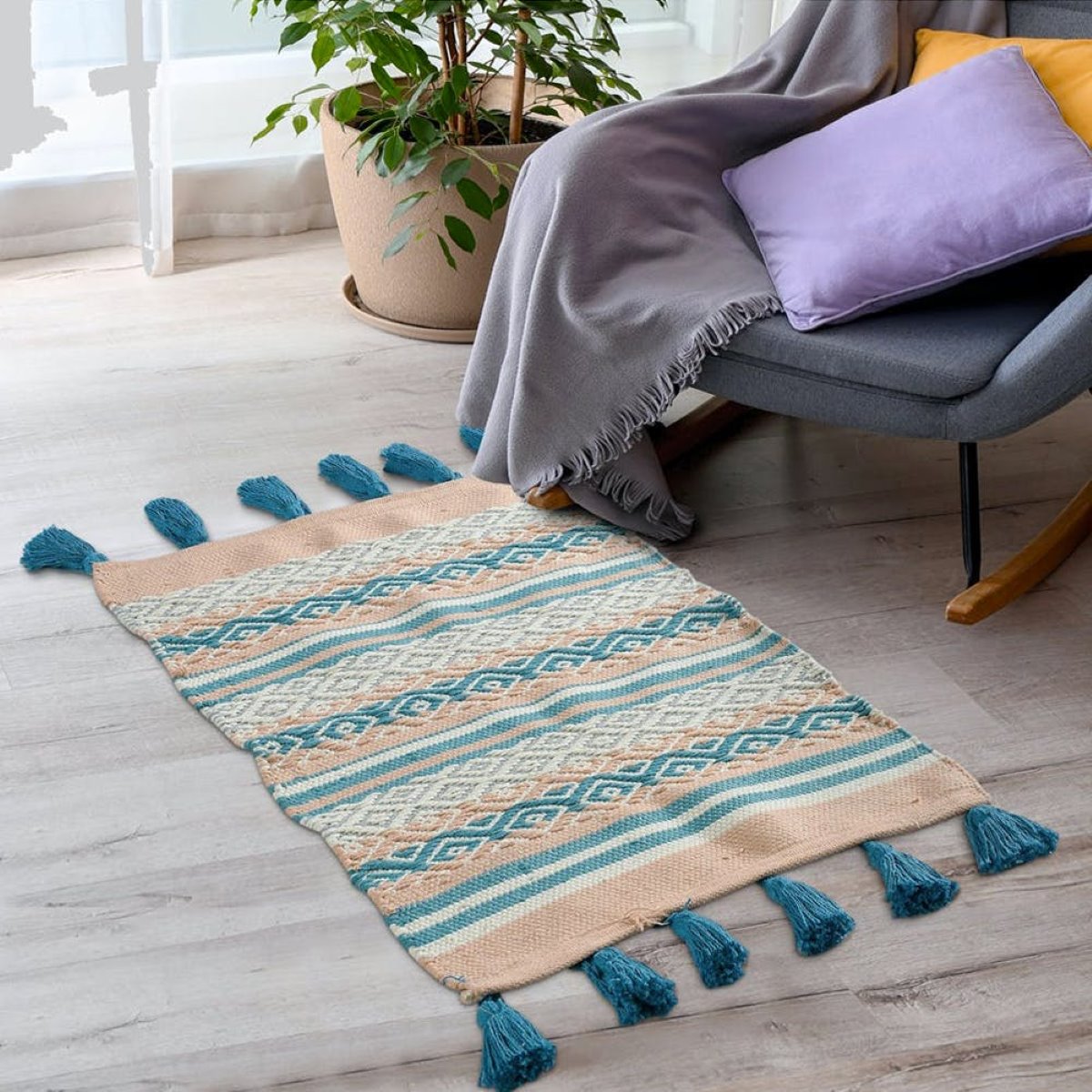
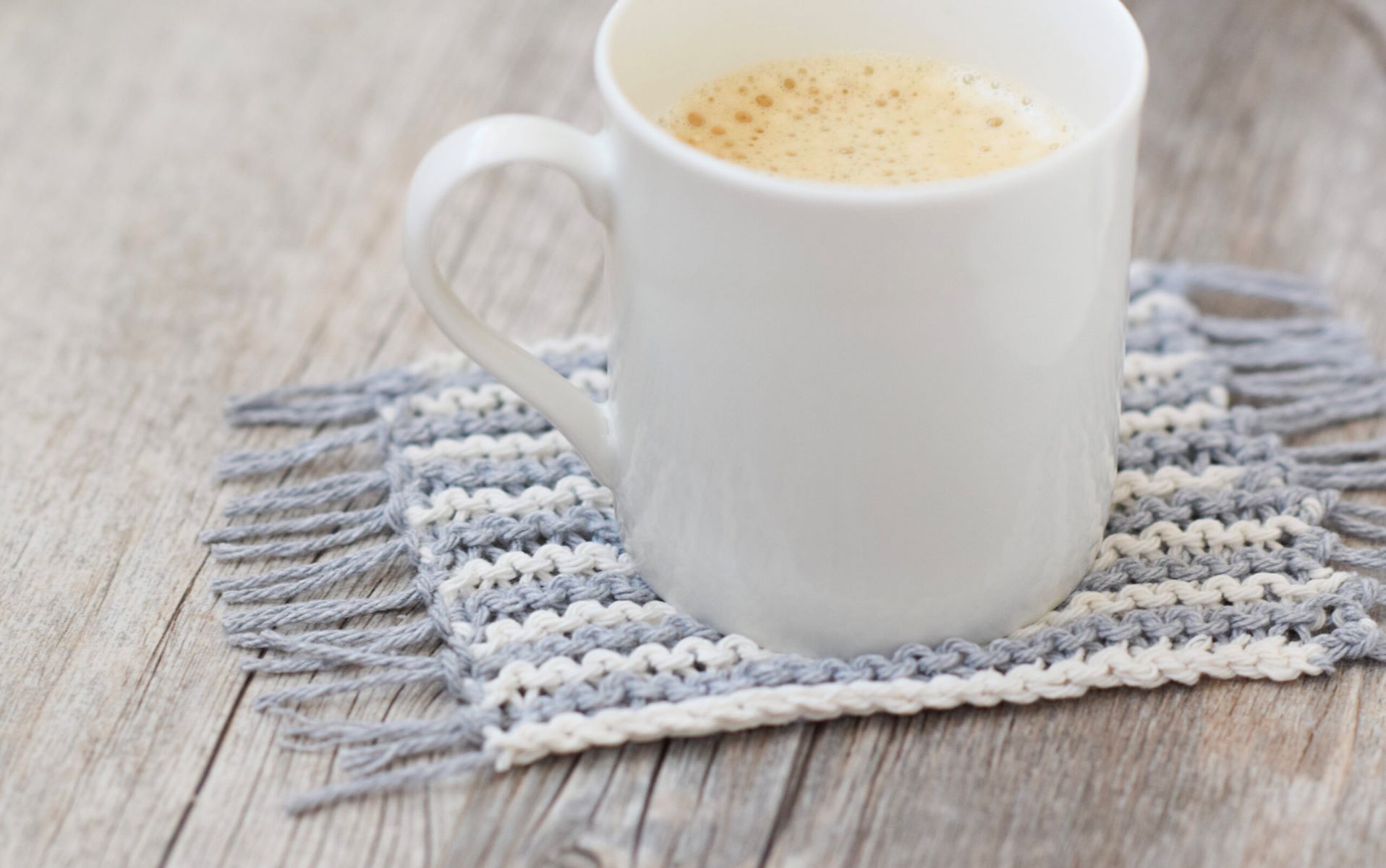

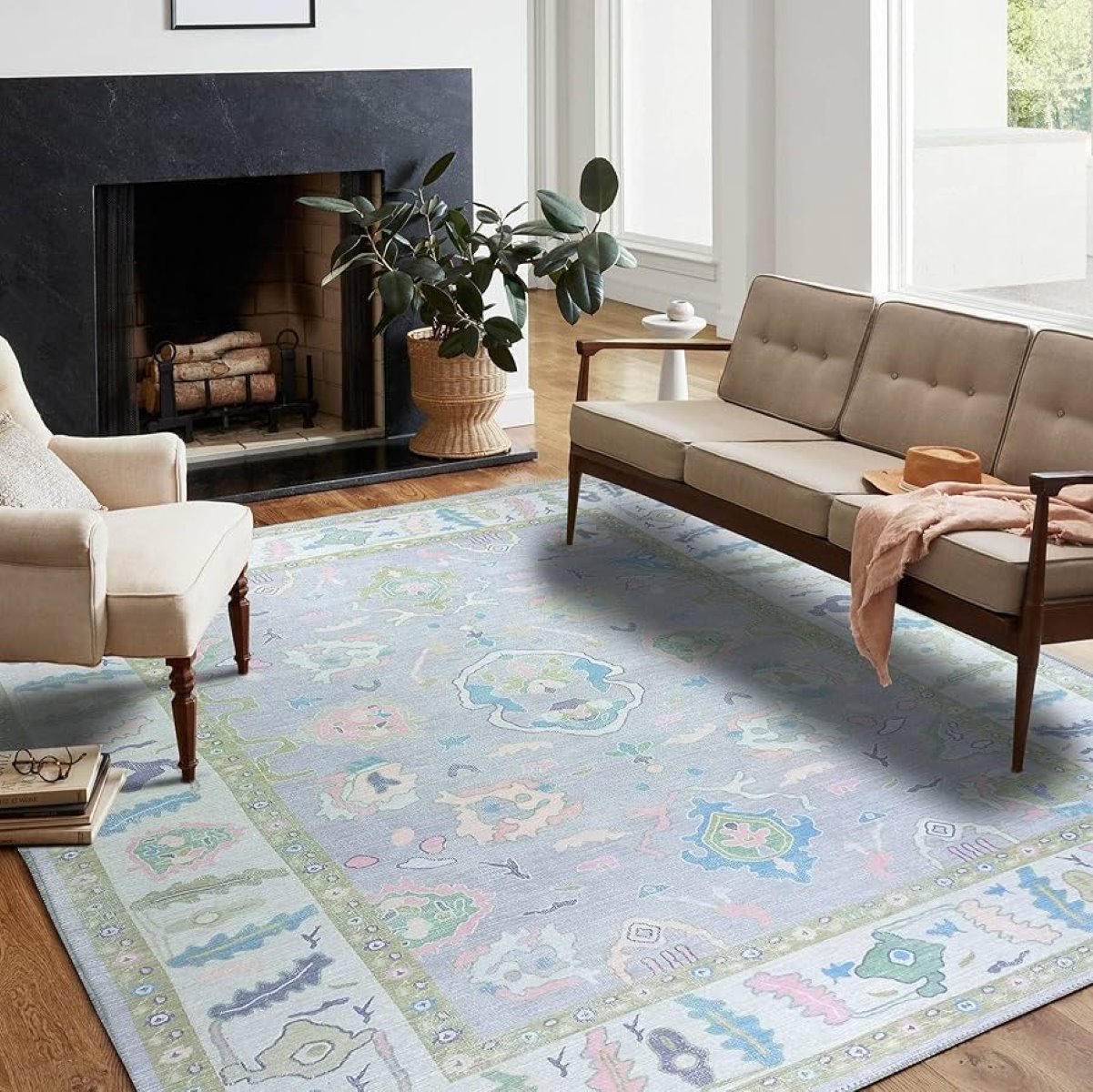
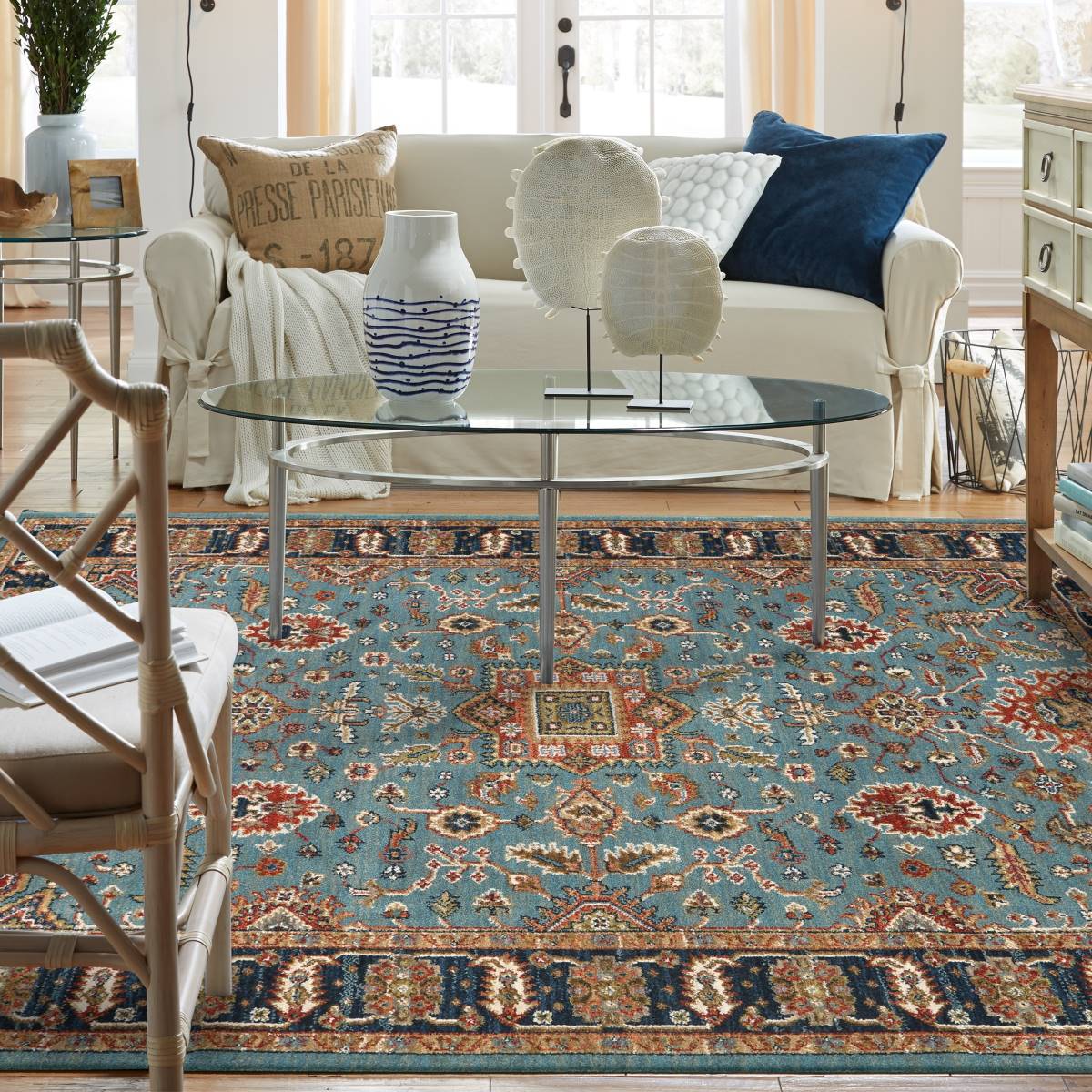
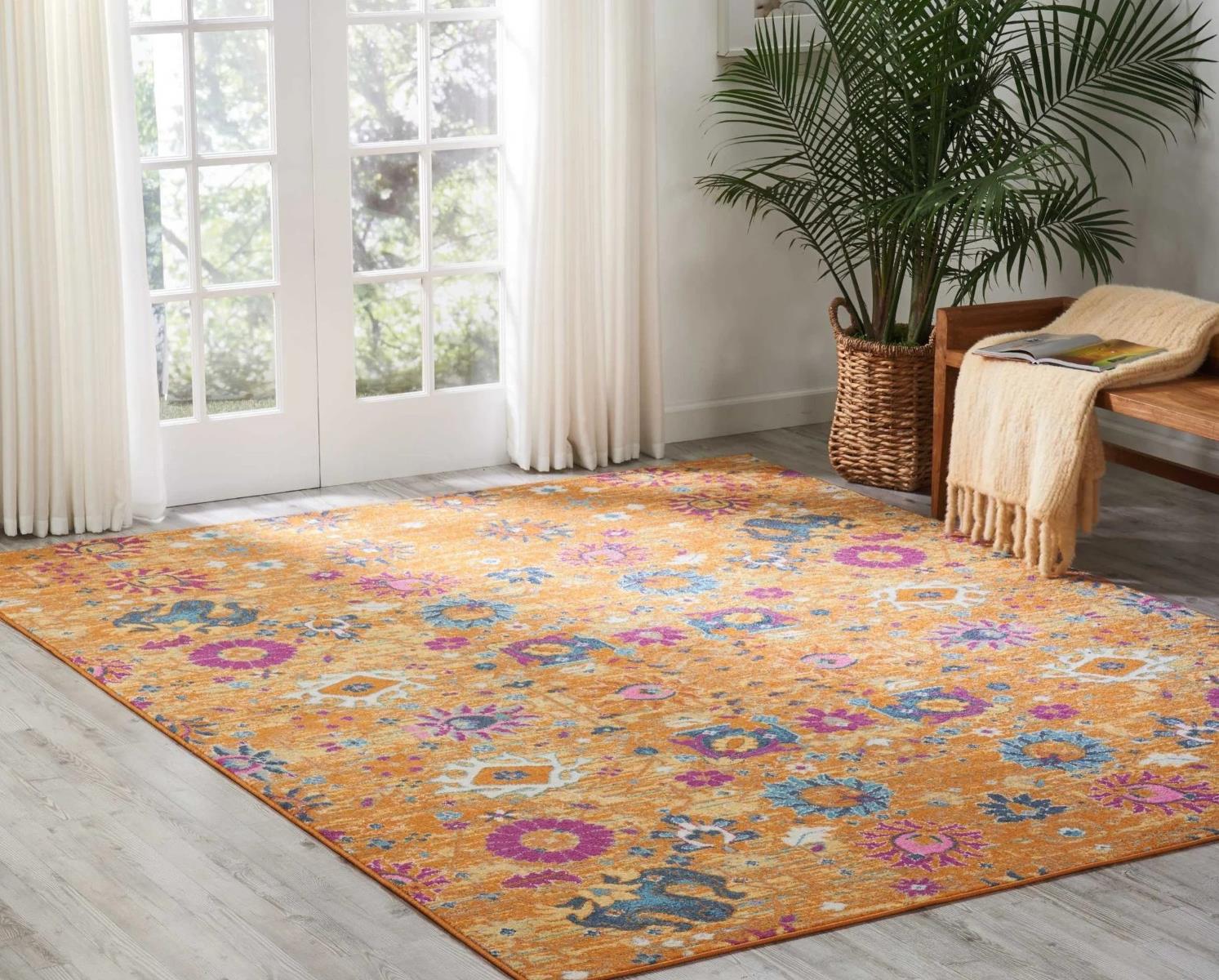
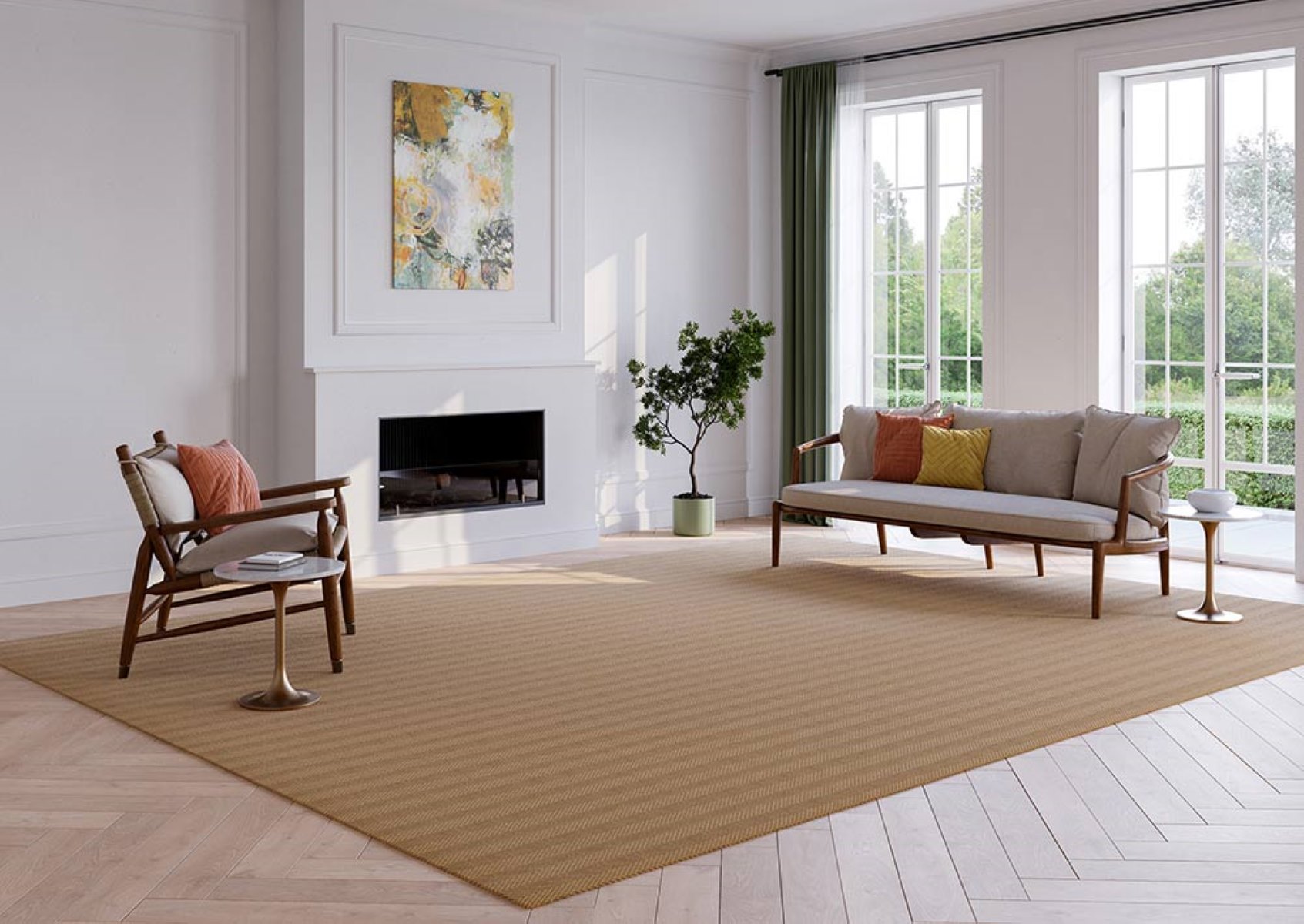
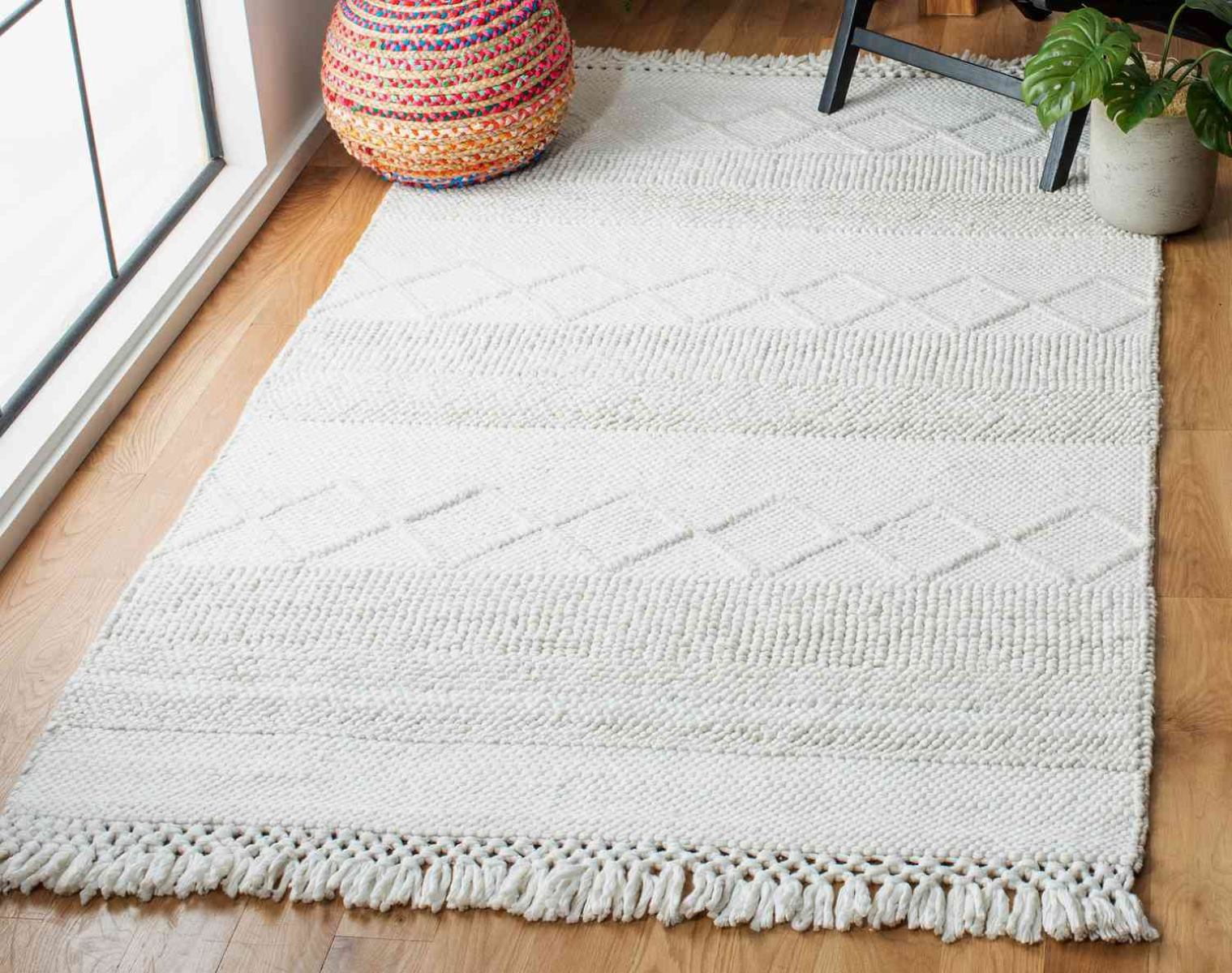
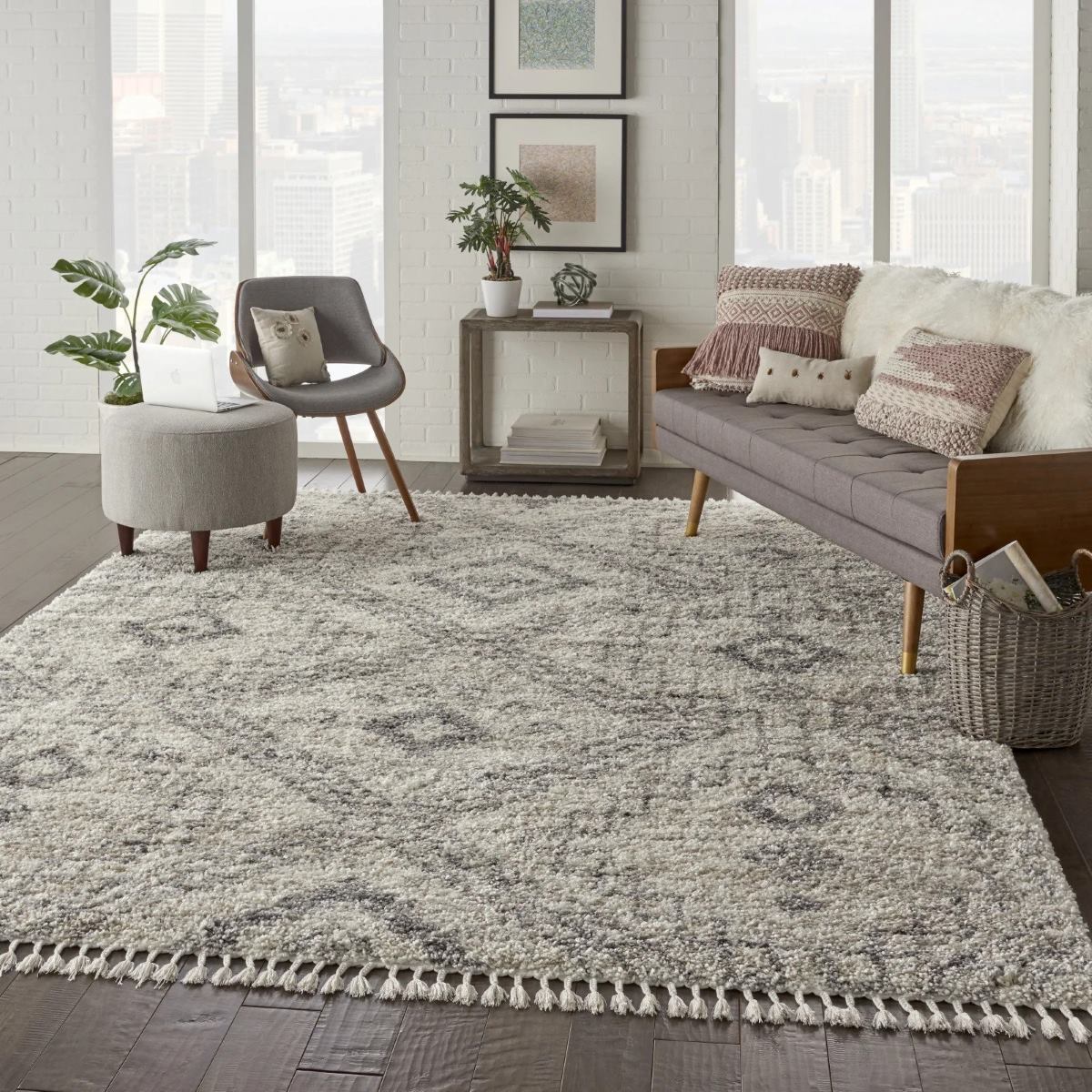
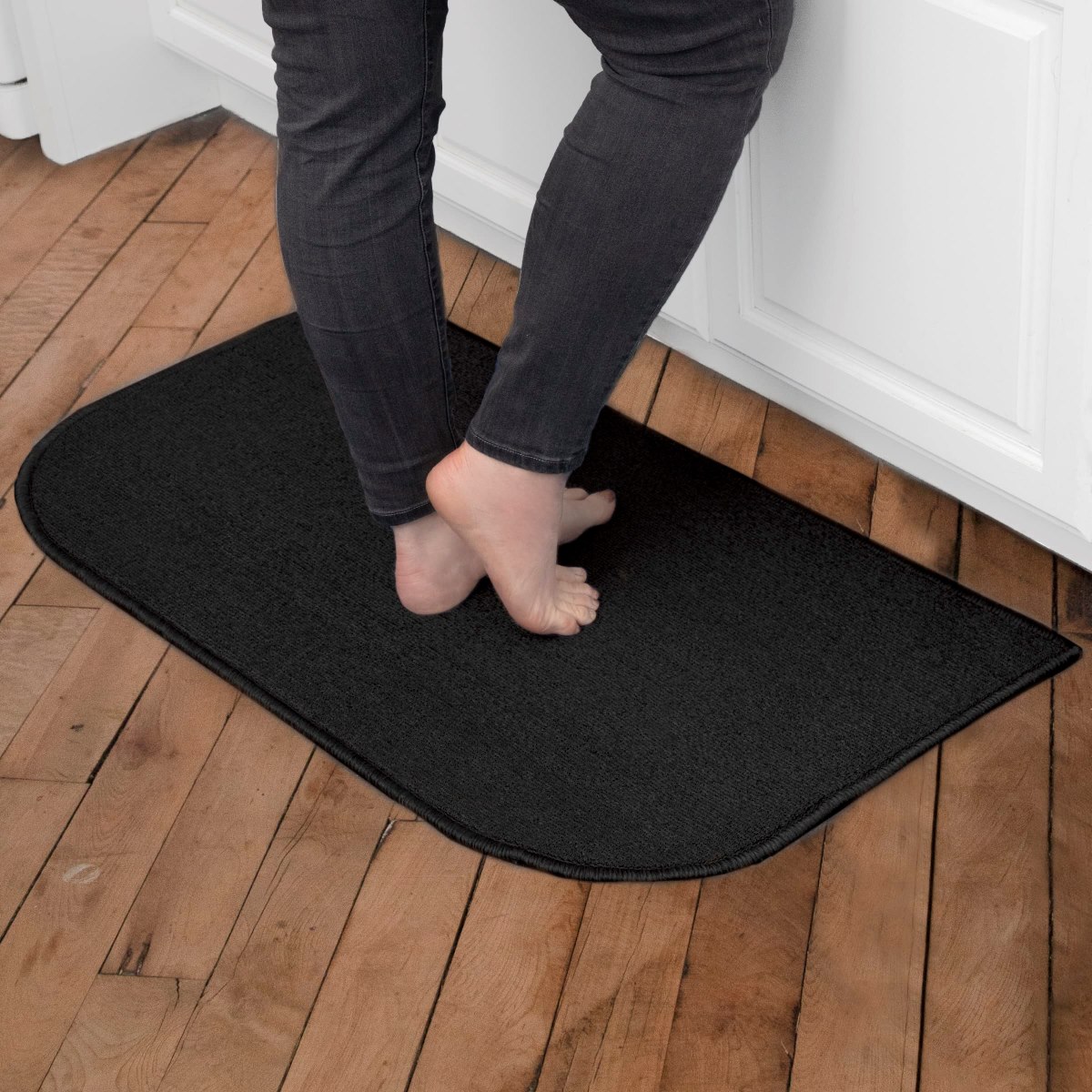
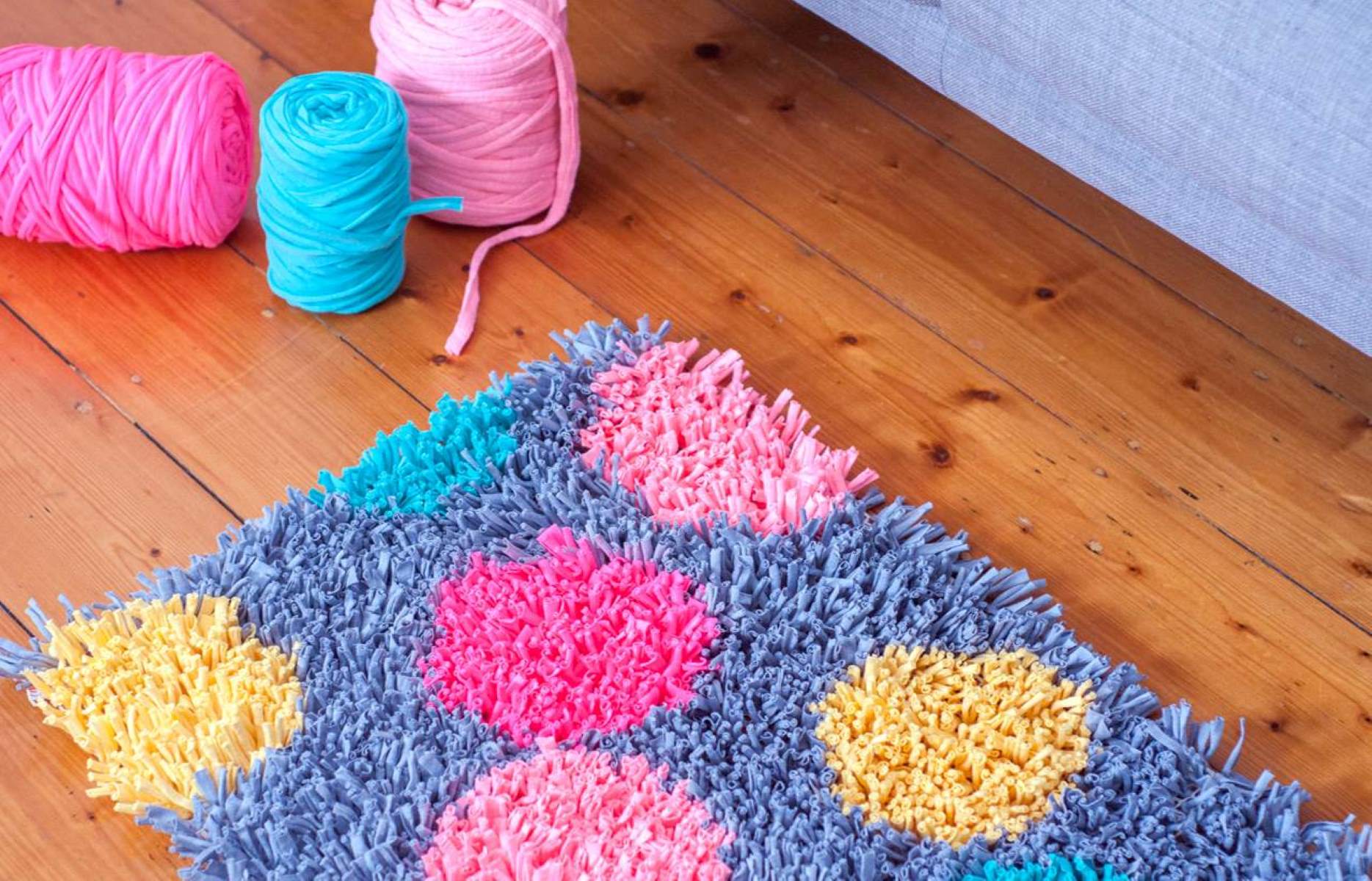
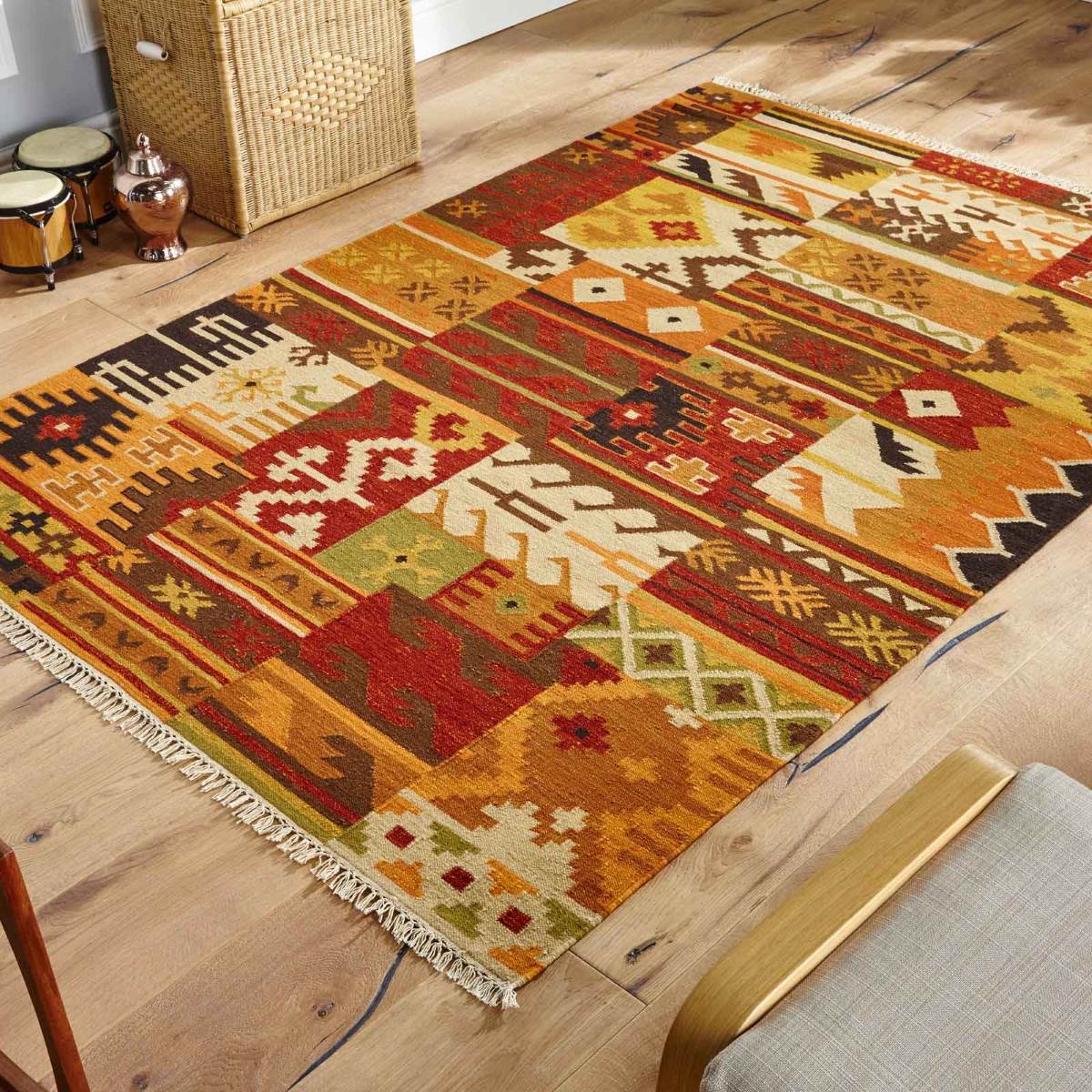
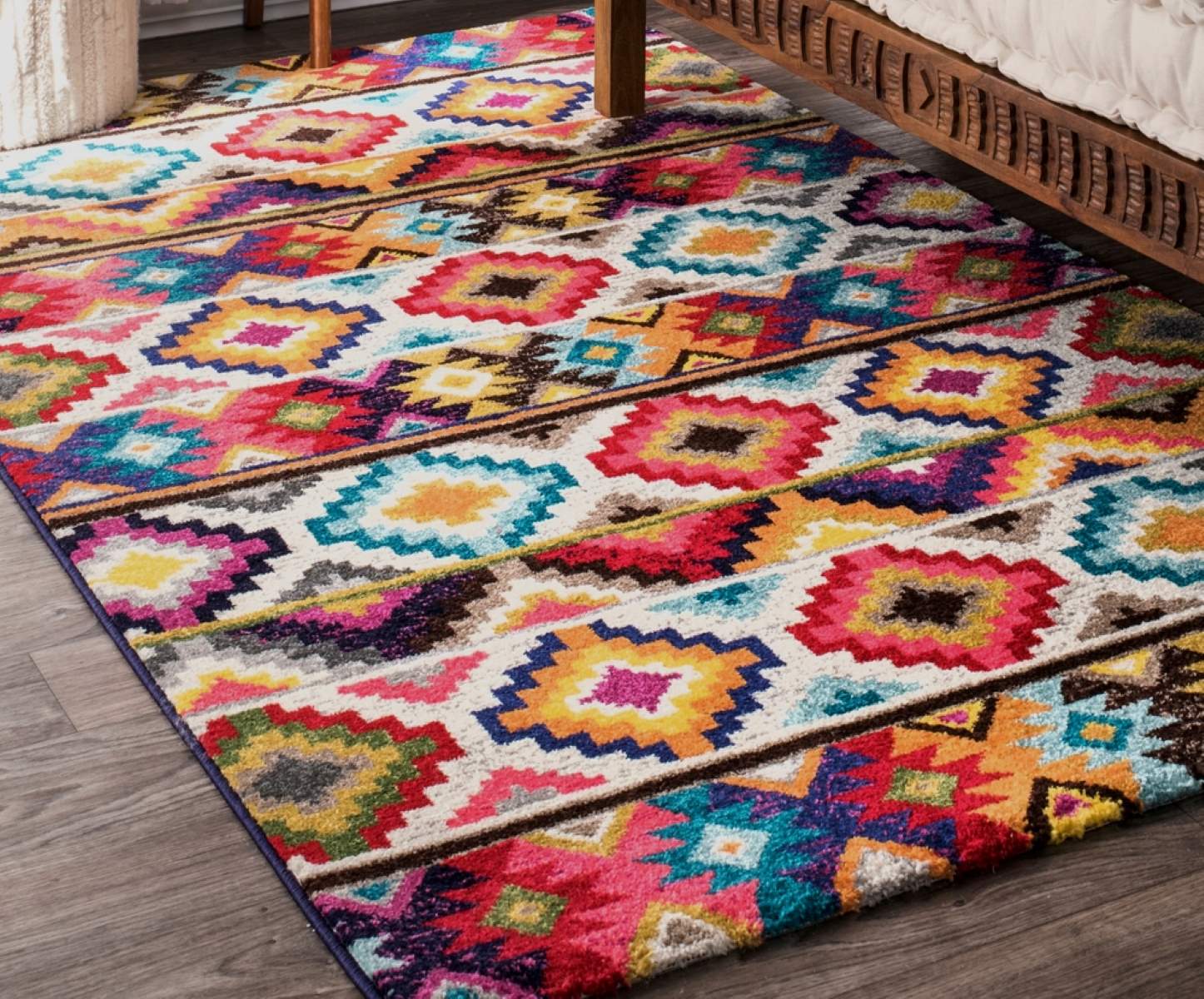
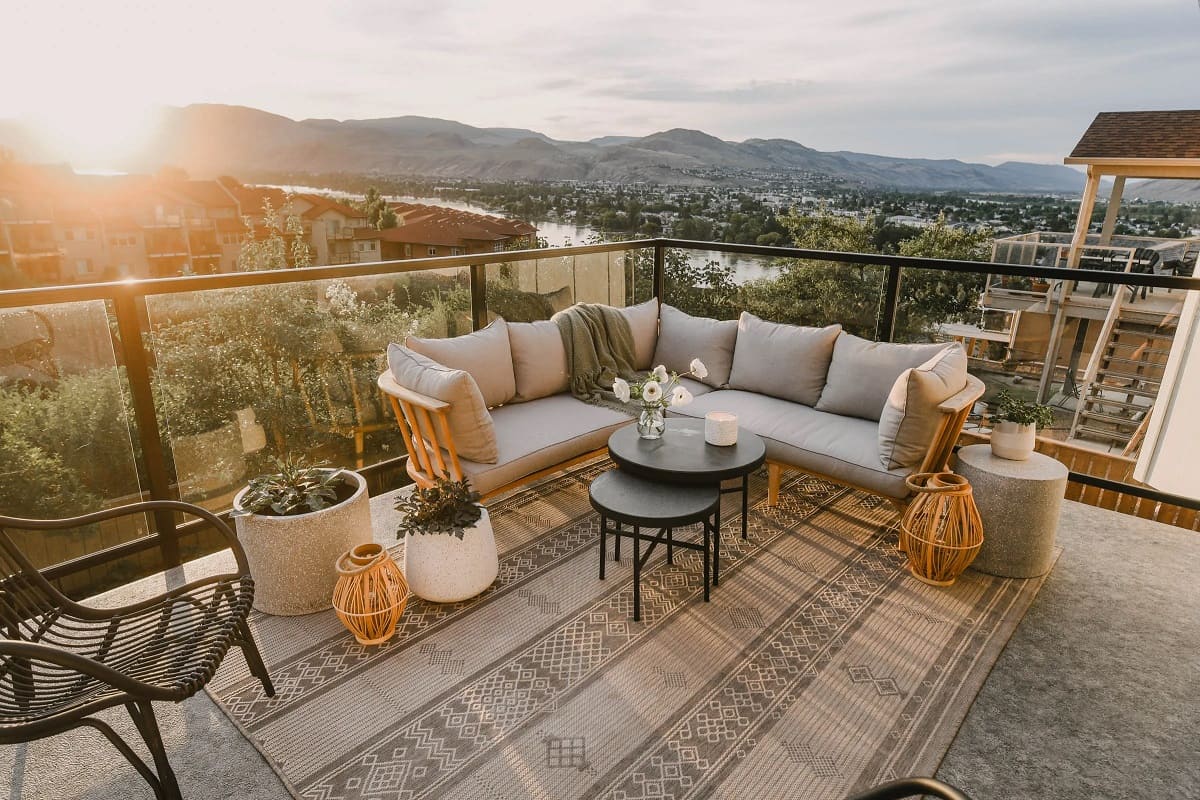

0 thoughts on “What Are Rugs”